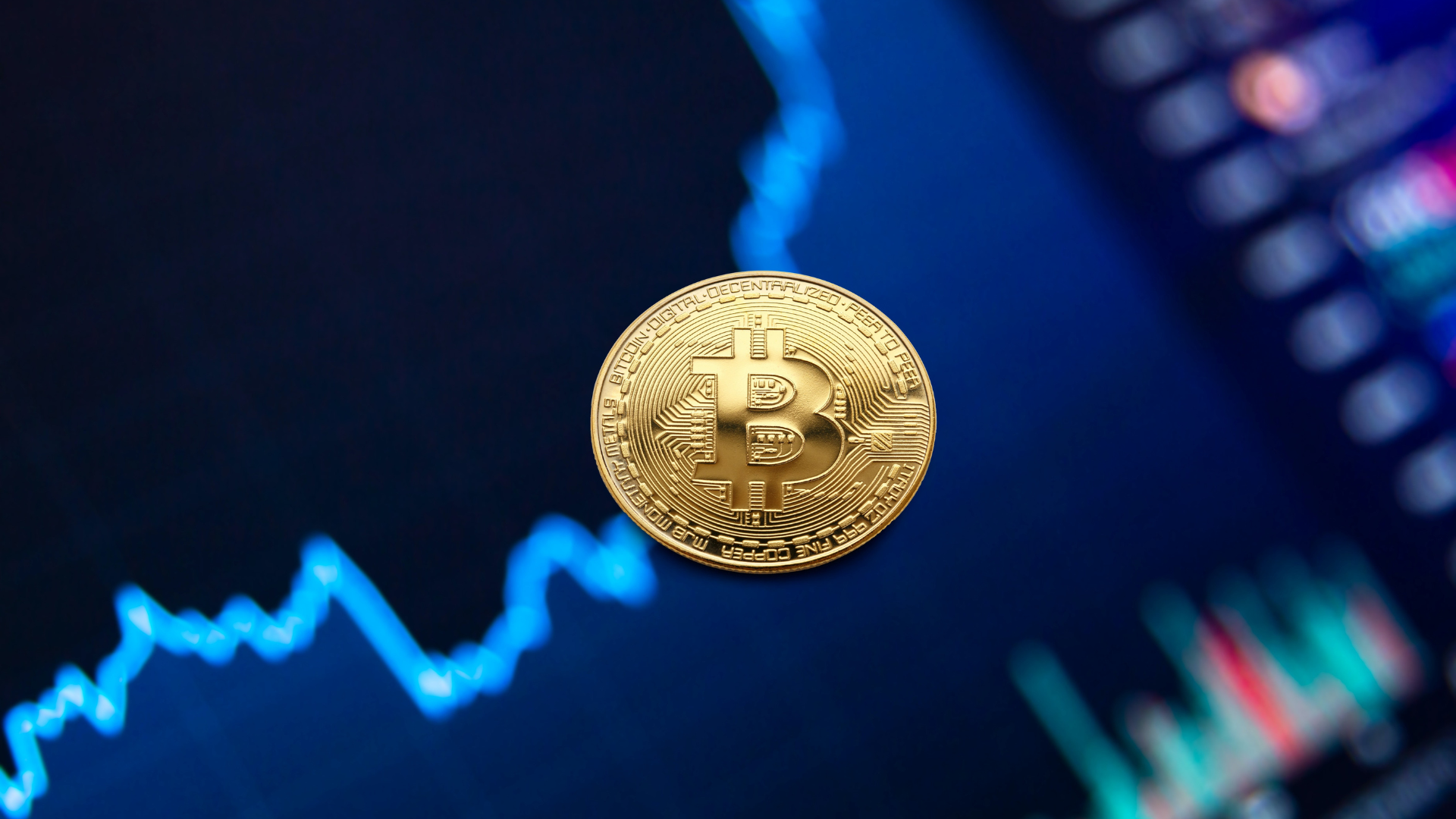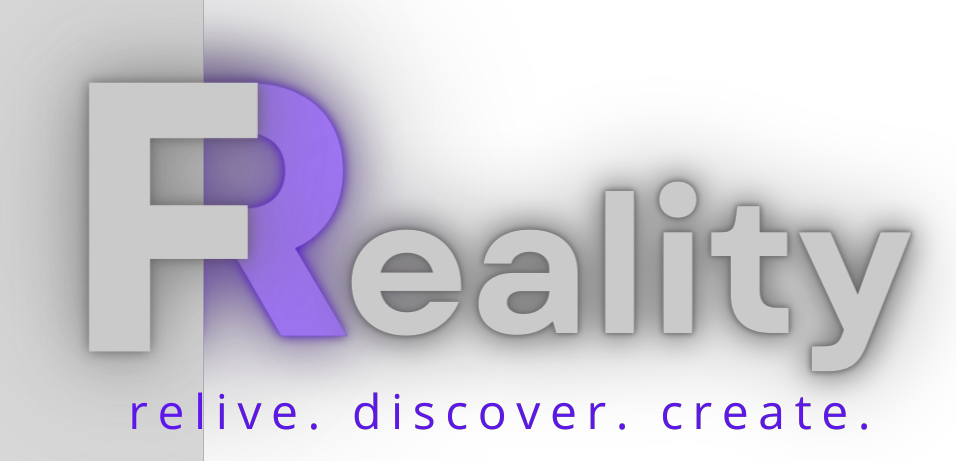

Cryptocurrency and fiat currencies are some of the most popular ways for people to exchange value today. However, these currencies are very different, and it’s important to note that one isn’t automatically better than the other. Although they have differences, both of them offer similar advantages, making them useful for all kinds of transactions.
How do you convert your cryptocurrency into fiat money and vice versa? The answer is, you don’t. You buy cryptocurrency with fiat currency, and when you’re ready to cash out, you convert it back to fiat. But, if they were to merge somehow, you could convert crypto into fiat and then convert fiat into crypto. Sounds complicated? It is.
It’s tough to get your head around the idea of cryptocurrency—it’s still new technology. But, despite the fact that it is still new, we have to start somewhere. So let’s start out with what cryptocurrency is and what it’s not.
Cryptocurrency
Cryptocurrency is all the rage these days. A cryptocurrency is a digital currency that exists only on the internet and commonly uses encryption to protect and secure transactions. Bitcoin is the first and most well-known cryptocurrency and is accepted by a growing number of merchants and online retailers. It is a term used to describe a type of currency that uses encryption. This means that when you send or receive money, the transaction cannot be reversed. All transactions, like Bitcoin, are recorded on a public ledger called the blockchain. They are not controlled by any nation or government, which means it can be easier to move money internationally.
One of the hottest topics in technology right now is cryptocurrency. People are flocking to it, both to trade and own it themselves. But what exactly is cryptocurrency? It is the use of encrypted data units, called cryptocurrencies, instead of traditional currency. They are generated by an individual or group known as miners, who run complex calculations that utilize specific computer hardware. The mining process gets more complicated as blocks are created. When a block is created, miners are rewarded with a new cryptocurrency.
Cryptocurrency is a decentralized digital currency in which encryption techniques are used to regulate the generation of units of currency and verify the transfer of funds. It is a sort of digital money, but it is not controlled by any government or central bank. It can be traded online, and transactions can be made anonymously.
Fiat currency
The world’s financial economies are at a turning point. The housing markets are suffering, unemployment is high, and manufacturers continue to struggle with declining sales. It’s no wonder that investors are flocking toward anything that promises better returns than the stock market. So, what will it take to get the world economy back on track? The International Monetary Fund thinks the answer lies with a new way to pay: fiat currency.
Central banks keep careful track of the money supply. In the United States of America, this is the Federal Reserve System, which maintains the official United States currency. The dollar is backed by the full faith and credit of the United States government. Another type of currency is backed by the value of a certain commodity, such as gold. The third type of currency is digital money, such as bitcoin.
Fiat currency is the system that allows people to trade money, which is essentially an agreement between a buyer and seller of a set amount of something of value. It is something that a government has declared to be legal tender, which means that any monetary transaction requires the use of that currency. It is used worldwide and most commonly in the United States. However, not all countries use fiat currencies. For example, Venezuela uses bolivars, which have lost nearly 80 percent of their value against the dollar since 2013.
With stocks dramatically rallying from lows in February, the question on investors’ minds is how long this hot streak can continue. As markets rally, so do interest rates, which has naturally led to questions over whether or not the Federal Reserve will raise rates next, as markets expect. While the Federal Reserve is widely expected to raise rates in September, the Fed’s forecasts have been colored by a number of factors.
